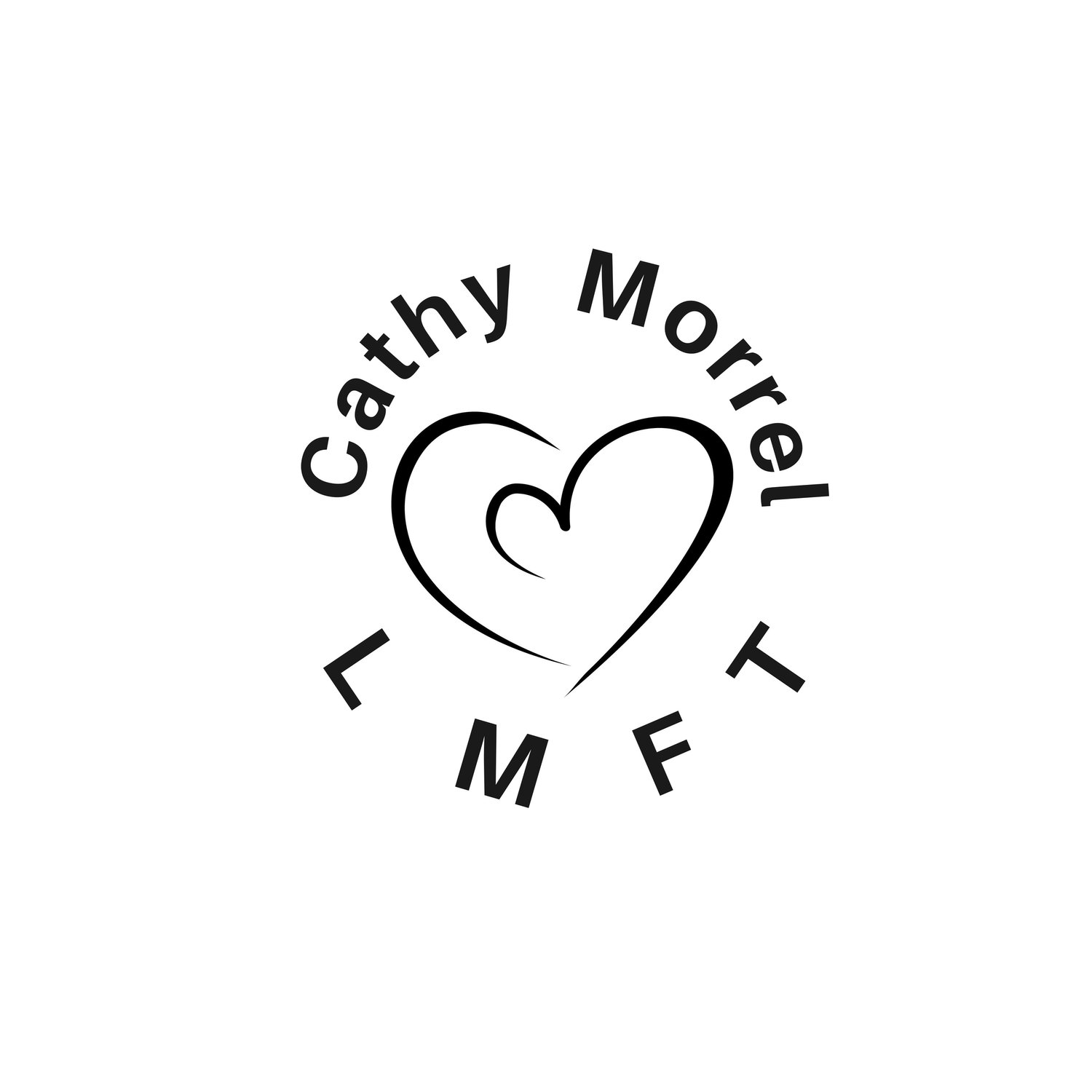Dispelling Misconceptions: LGBTQIA+ Individuals and Mental Health
Dispelling Misconceptions: LGBTQIA+ Individuals and Mental Health
In today’s post I wanted to discuss some myths related to LGBTQIA+ individuals and mental health. Here are 7 myths and the facts related to them.
Myth: Being LGBTQIA+ is a mental disorder.
Fact: Being LGBTQIA+ is not a mental disorder. The American Psychological Association and other major professional organizations have affirmed that being LGBTQIA+ is a normal variation of human sexuality and gender identity. Mental health challenges that LGBTQIA+ individuals may face are often a result of societal stigma, discrimination, and lack of acceptance, rather than their sexual orientation or gender identity itself.
Myth: LGBTQIA+ individuals are more prone to mental health issues.
Fact: While LGBTQIA+ individuals may face unique stressors and experiences, it is important to recognize that sexual orientation and gender identity are not inherently linked to mental health problems. The higher prevalence of mental health issues within the LGBTQIA+ community is primarily a result of minority stress, including discrimination, rejection, and social marginalization. Supportive environments, acceptance, and access to affirmative mental healthcare can help mitigate these challenges.
Myth: LGBTQIA+ individuals can "change" their sexual orientation or gender identity.
Fact: Sexual orientation and gender identity are integral aspects of a person's identity and cannot be changed or "fixed." Attempts to change someone's sexual orientation or gender identity through conversion therapy or other harmful practices have been discredited by major medical and mental health organizations. Embracing and accepting one's authentic self is vital for mental well-being.
Myth: LGBTQIA+ individuals are at higher risk for suicide.
Fact: LGBTQIA+ individuals are indeed at higher risk for suicidal thoughts and behaviors due to the challenges they face, such as discrimination, family rejection, and lack of support. However, it is crucial to understand that the risk is not inherent to being LGBTQIA+, but rather a result of external factors. Creating affirming and inclusive environments, providing mental health support, and fostering acceptance can help reduce these risks.
Myth: LGBTQIA+ individuals have unhealthy relationships.
Fact: LGBTQIA+ individuals are capable of forming healthy, loving, and fulfilling relationships, just like anyone else. Relationship satisfaction, stability, and quality are not determined by sexual orientation or gender identity. The key factors for healthy relationships, such as communication, trust, and mutual respect, apply to all individuals, regardless of their sexual orientation or gender identity.
Myth: LGBTQIA+ individuals are confused or going through a phase.
Fact: Sexual orientation and gender identity are valid and enduring aspects of a person's identity. Questioning and exploration are natural parts of self-discovery for individuals within the LGBTQIA+ community. It is important to listen to and validate each person's self-identified orientation and identity, supporting them on their journey of self-acceptance.
Myth: LGBTQIA+ individuals are unfit parents.
Fact: Numerous studies have shown that LGBTQIA+ individuals can be excellent parents, providing supportive and nurturing environments for their children. The ability to parent is not determined by sexual orientation or gender identity but rather by factors such as love, commitment, and the ability to meet the child's needs. Discrimination against LGBTQIA+ individuals in family law and adoption policies harms both parents and children.
By dispelling these misconceptions and promoting accurate information, we can work toward creating a more inclusive and understanding society. LGBTQIA+ individuals deserve access to affirming mental health care, acceptance, and support. Let us challenge these myths and advocate for equality, ensuring that LGBTQIA+ persons can thrive and enjoy optimal mental well-being in a world that embraces and celebrates their identities.

